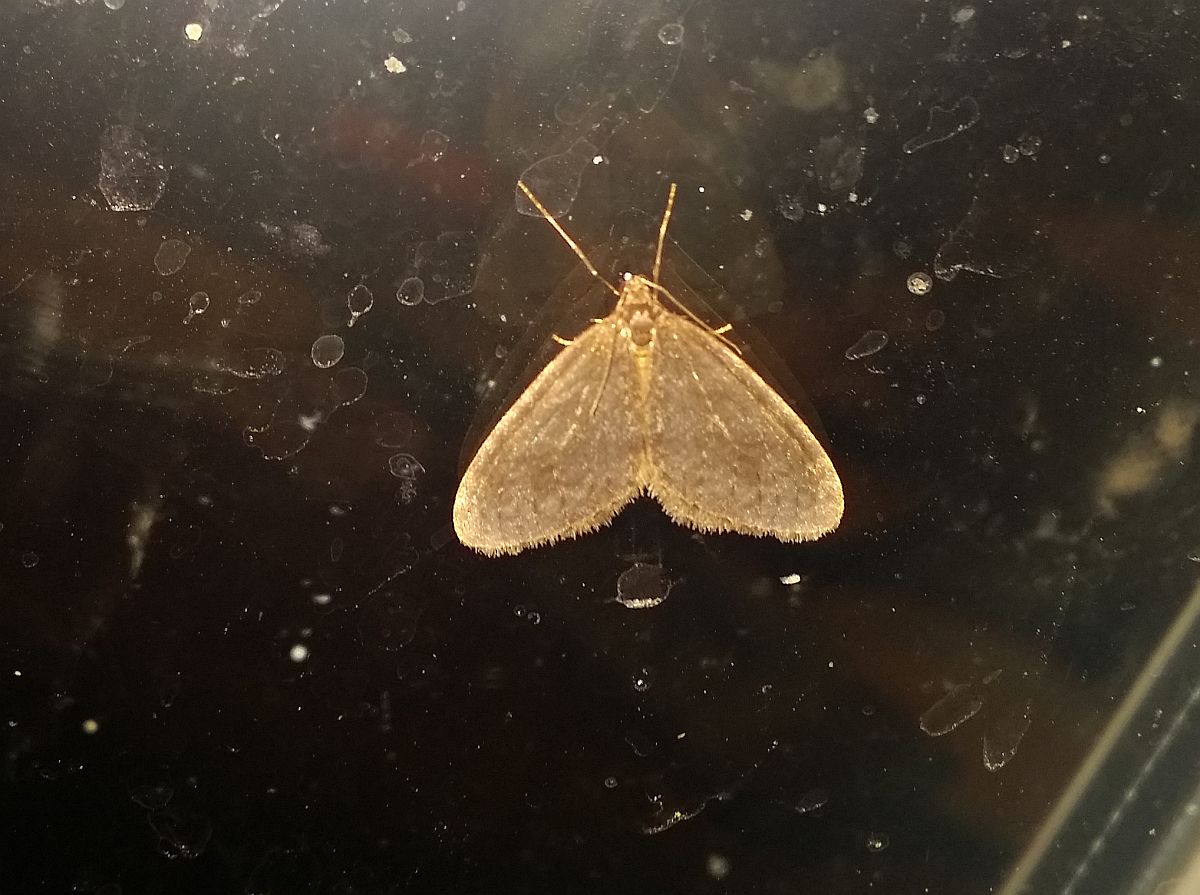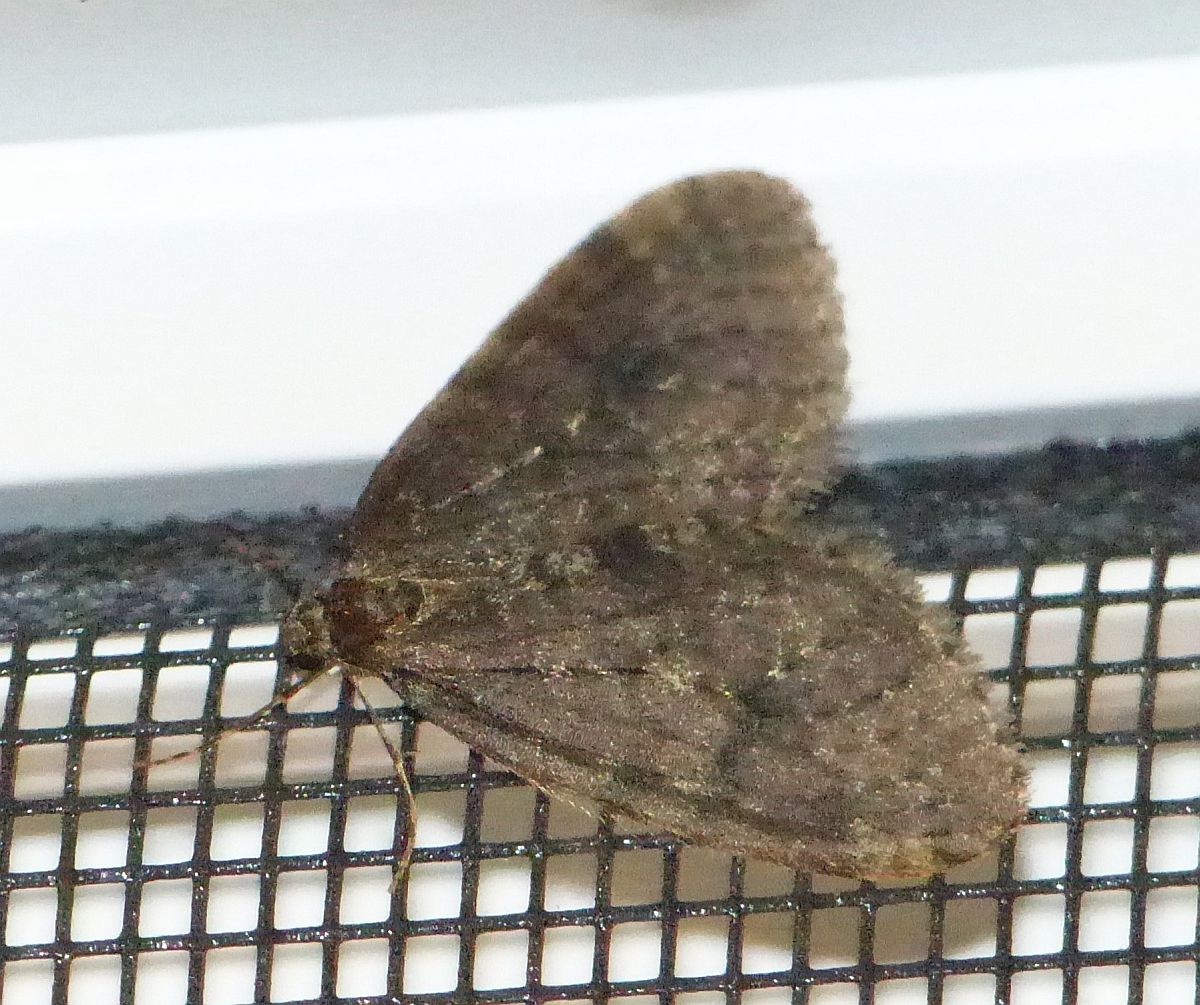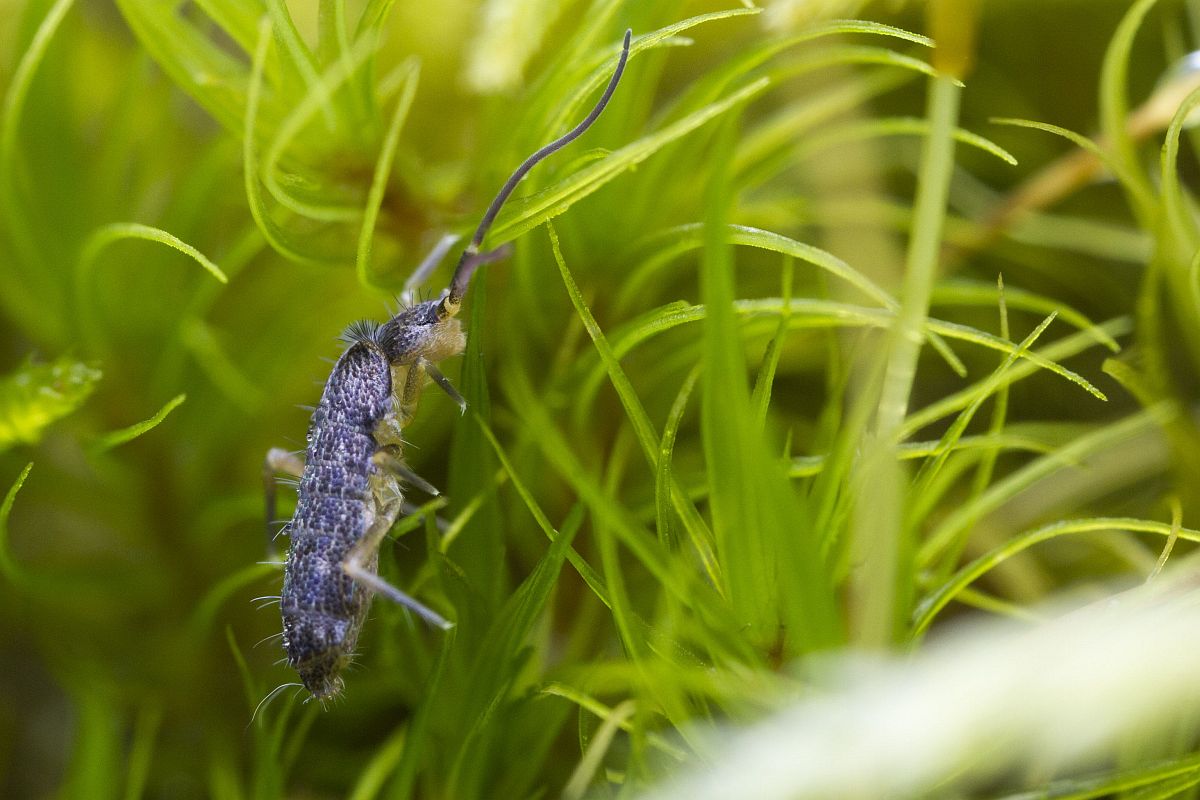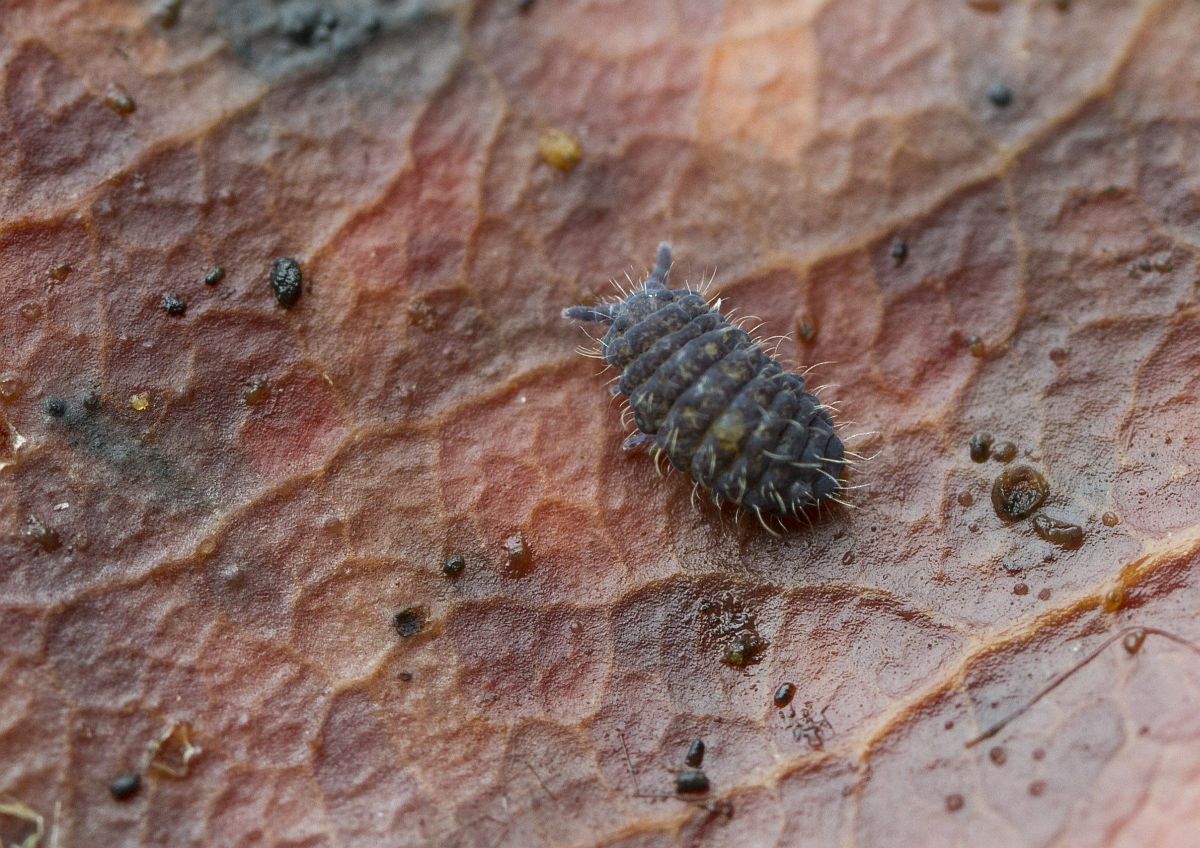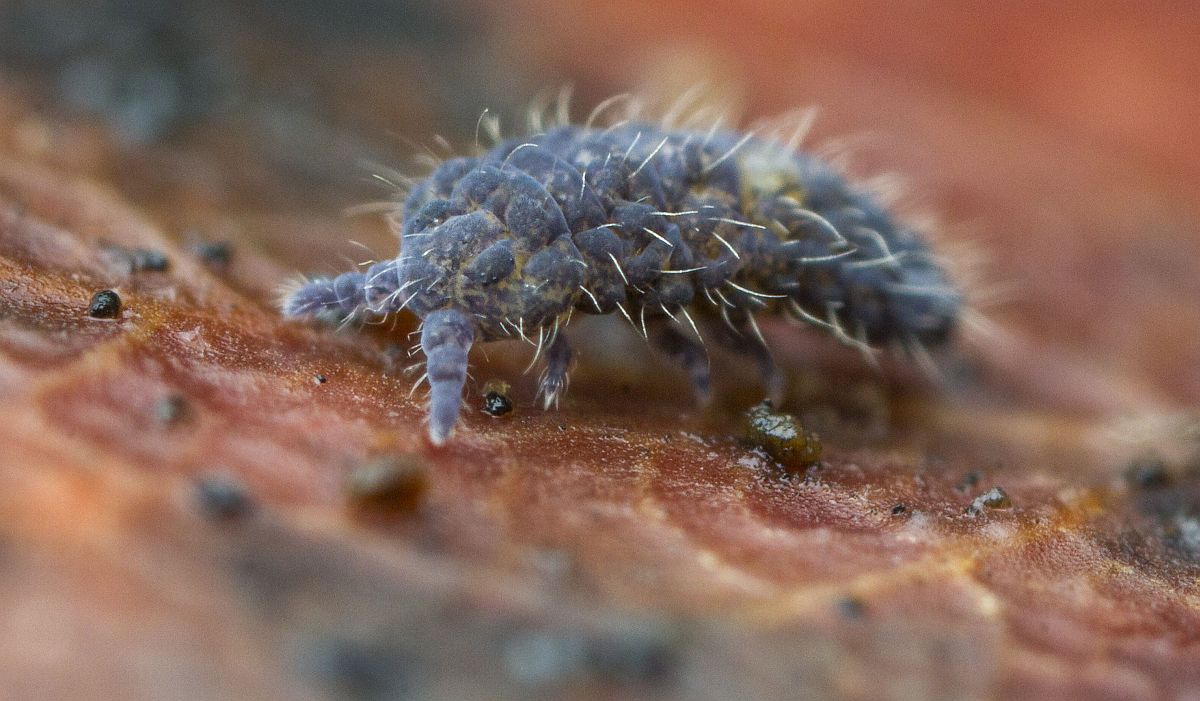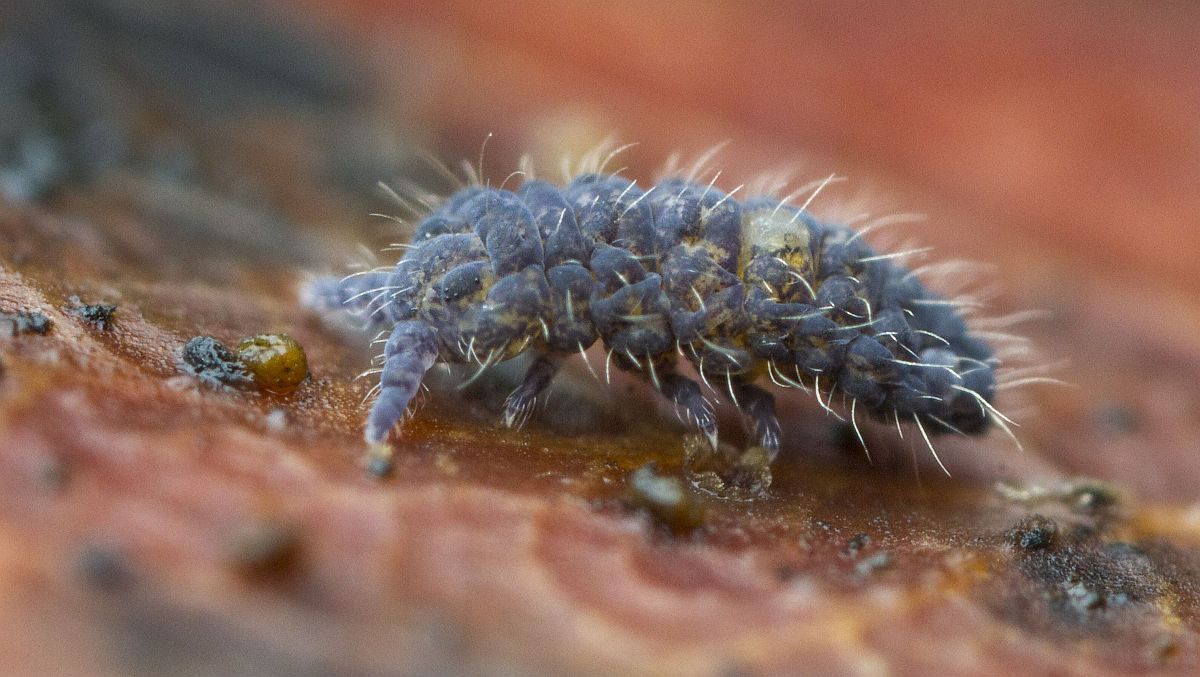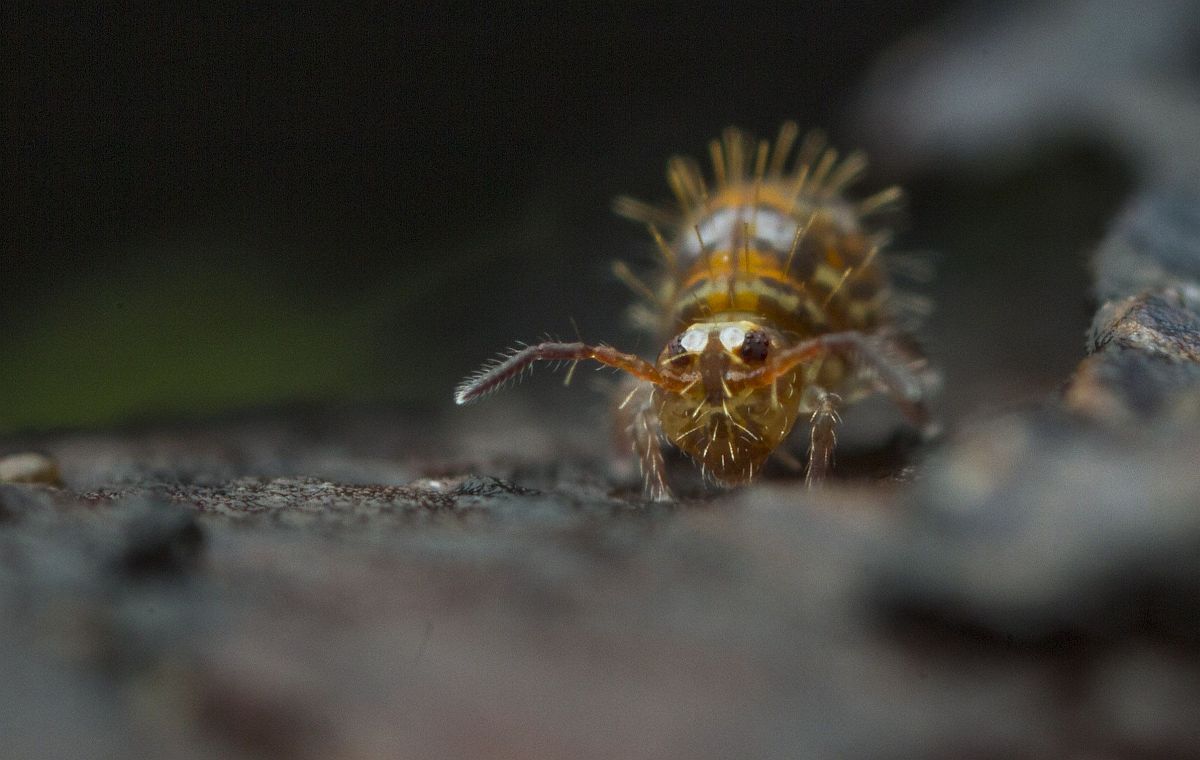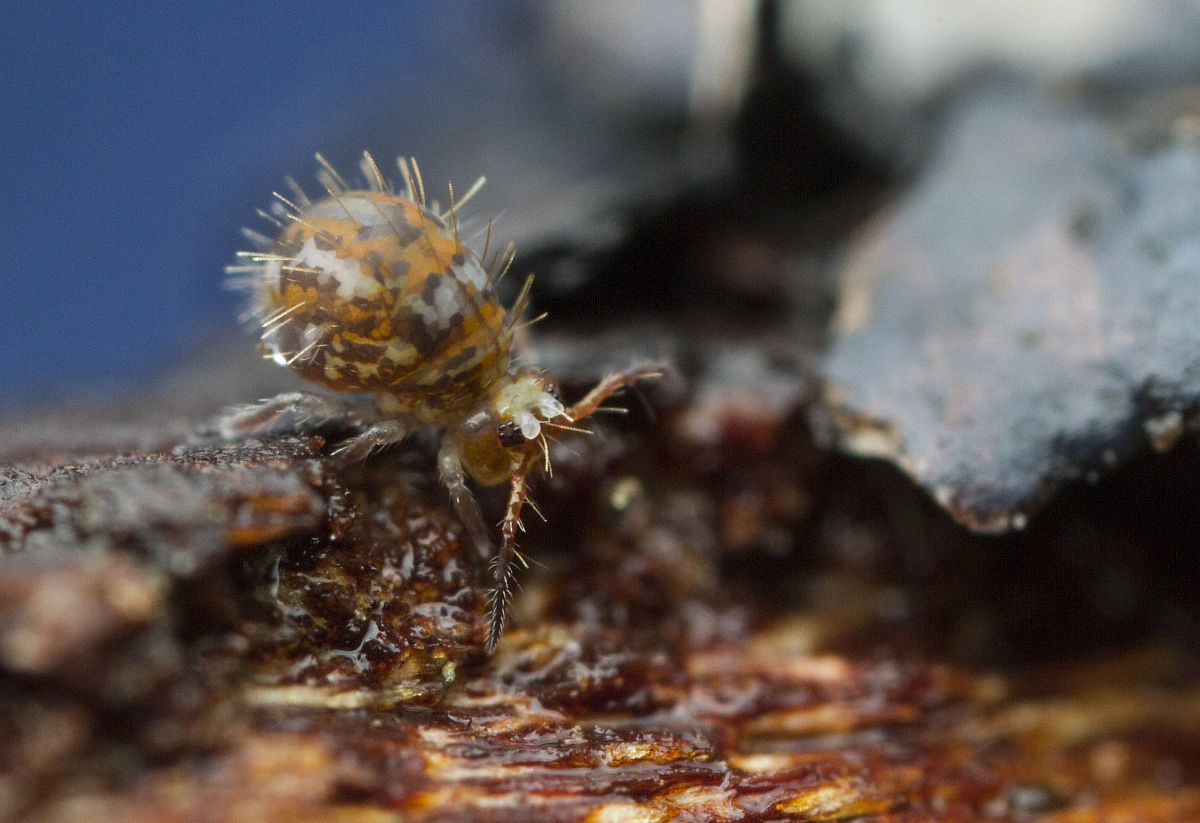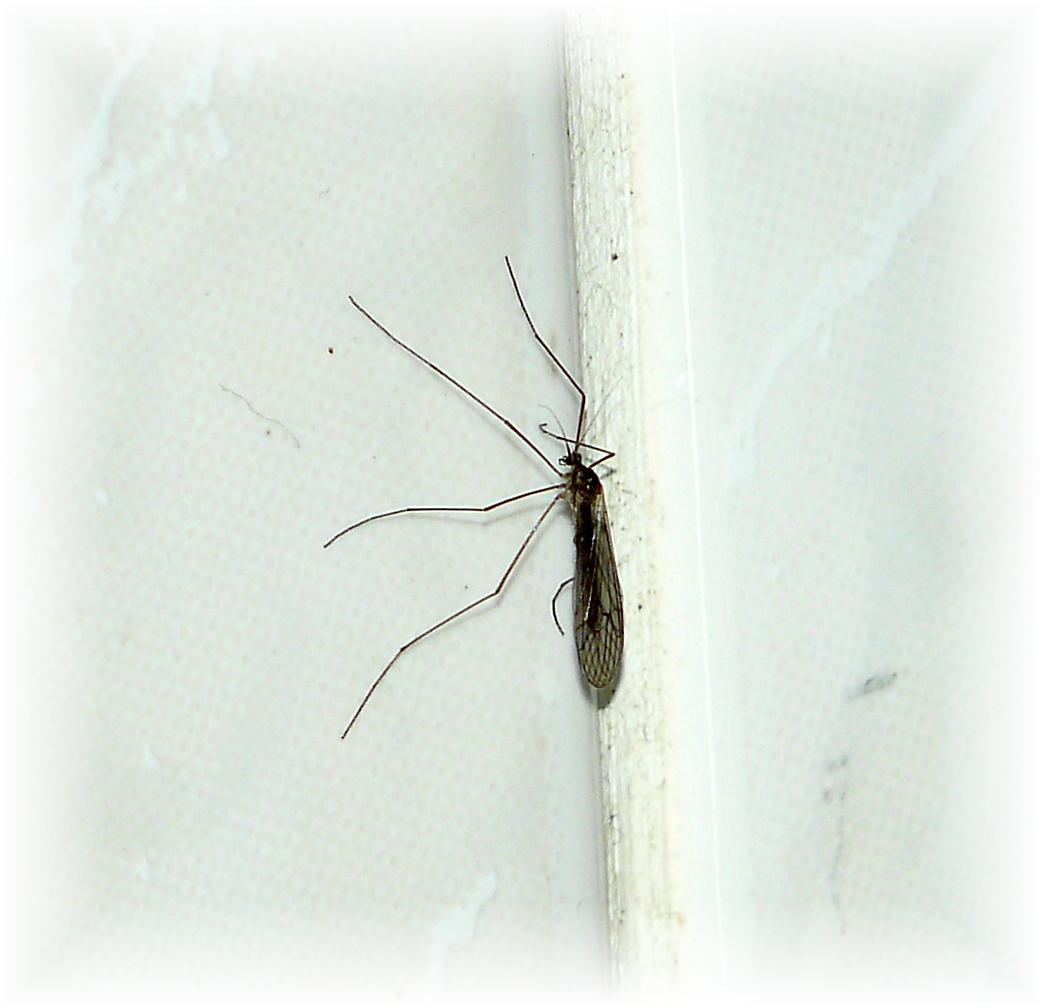2017 December 15
Jochen Moehr writes from Metchosin:
After a few nights of nothing but one or two Winter Moths (probably O. brumata), I finally had visits from two other moths, one outside my window (of which I did not get pictures) and one inside, of which I include several pictures.
I looked through my collection of pictures and wonder whether it might be
Triphosa haesitata American Tissue Moth (Lep.: Geometridae)
Jeremy Tatum writes: Ah! This perpetual problem – is it Triphosa haesitata, or is it Coryphista meadii?
In meadii, the fourth tooth on the outer margin of the hindwing is shorter than its neighbours. Also, meadii has a dark discal spot; haesitata doesn’t. You can see that Jochen’s moth has a small fourth tooth, and it has a discal spot, both pointing to meadii. However, the fourth tooth is only very slightly smaller than its neighbours, and the discal spot is very tiny. Are they enough to clinch it as meadii? Maybe not. At this time of year, I think haesitata is much more likely. What other differences might there be? The wingtip of meadii is sometimes slightly pointy, even slightly falcate, whereas haesitata has a blunter wingtip. Unfortunately the right wingtip of this moth is missing – though the left wingtip looks rather blunt to me. In spite of the difficulties, I’m pretty sure (close to 100 percent certainty) that Jochen is correct, and it is Triphosa haesitata.
Some viewers may wonder: If these moths are so difficult to distinguish one from the other, are they really different species? I often wonder about this myself about pairs of very similar moths. However, in the case of these two species, the caterpillars are entirely different and there is no doubt at all that they are genuinely different species. The caterpillars are specialist feeders – haesitata feeds on Frangula, and meadii on Mahonia and the related Berberis.
I hope viewers will continue to send in photographs of both of these species. After a time we’ll all get so used to them that we’ll all be able to them apart at a glance! I’m not there yet!

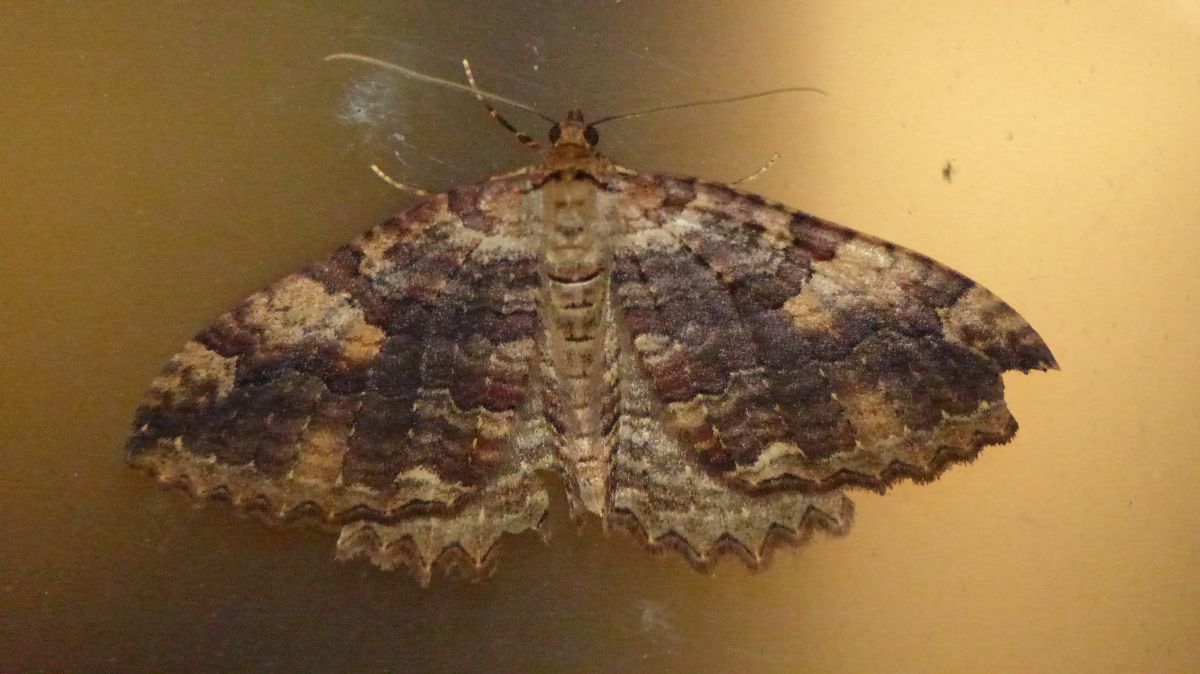
American Tissue Moth Triphosa haesitata (Lep.: Geometridae) Jochen Moehr
Jochen also sends a photograph of a winter moth – another difficult problem. Is it the European Operophtera brumata or the native O. bruceata? I am leaning towards bruceata. Not 100 percent sure, but maybe 80 percent?

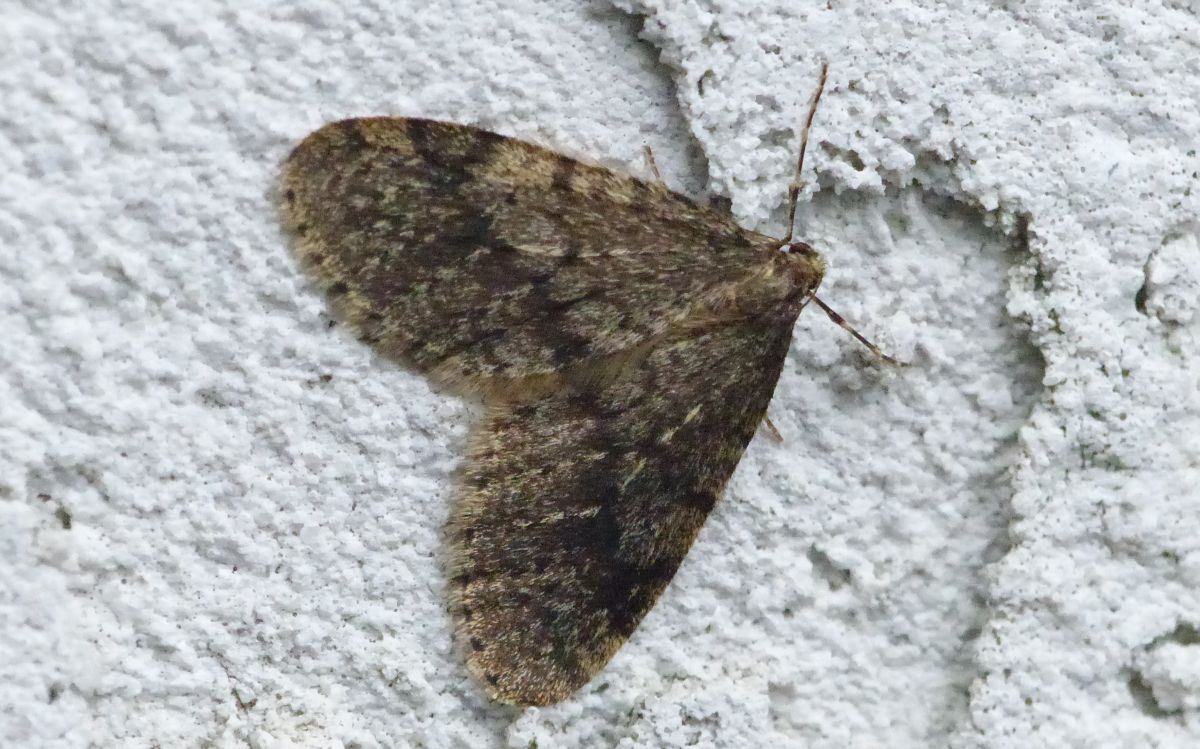
Operophtera (probably bruceata) (Lep,: Geometridae) Jochen Moehr

